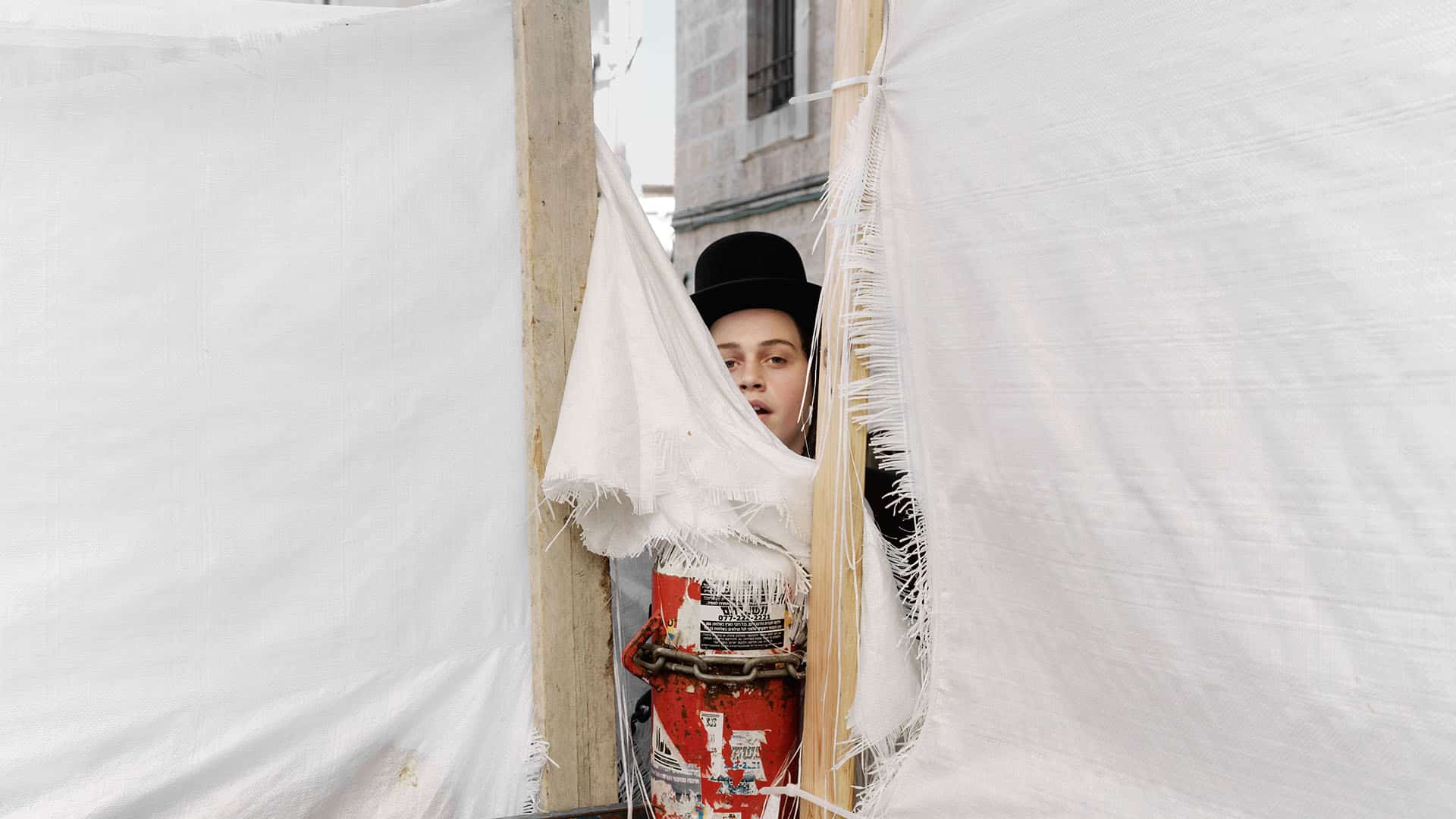In the middle of one of the world’s most technologically advanced countries lives a community that defies time and place. Inhabitants of Mea Shearim resist 21st century’s human norms. This isolated community has invented its own rules. I found myself documenting “old” children and “young” adults, as if adults were trapped in the bodies of children. As an outsider, as a woman, as a photographer, I could not hide nor blend in with this surrounding. I was afraid of getting noticed and the camera was my only connection with the world outside. I started questioning what “normal” was and who should bear that word.

You’re getting blind.
Don’t miss the best of visual arts. Subscribe for $9 per month or $108 $90 per year.
Already suscribed ?
Read more: Blue Sky, Sunshine, White Sand by the Mile



